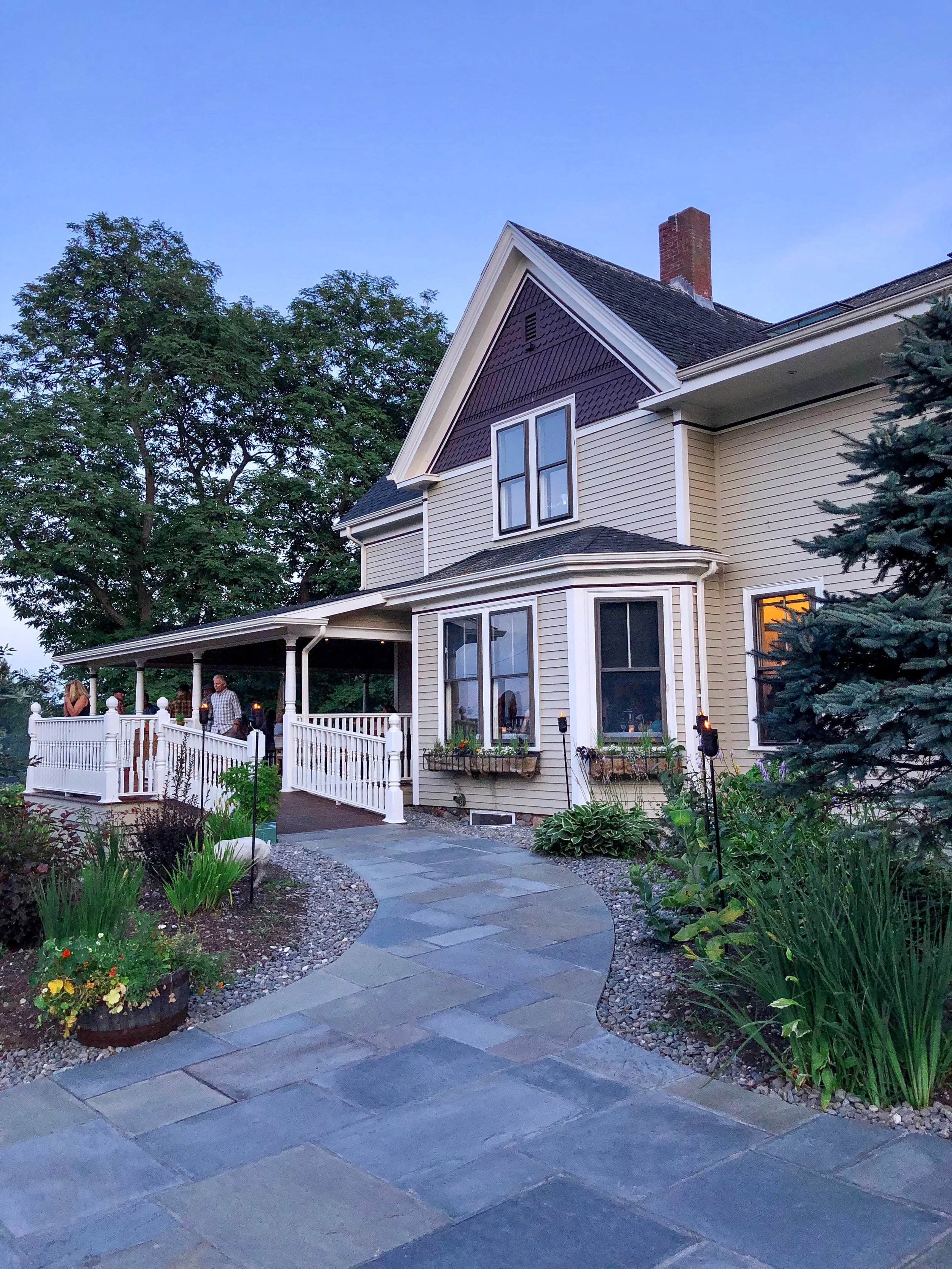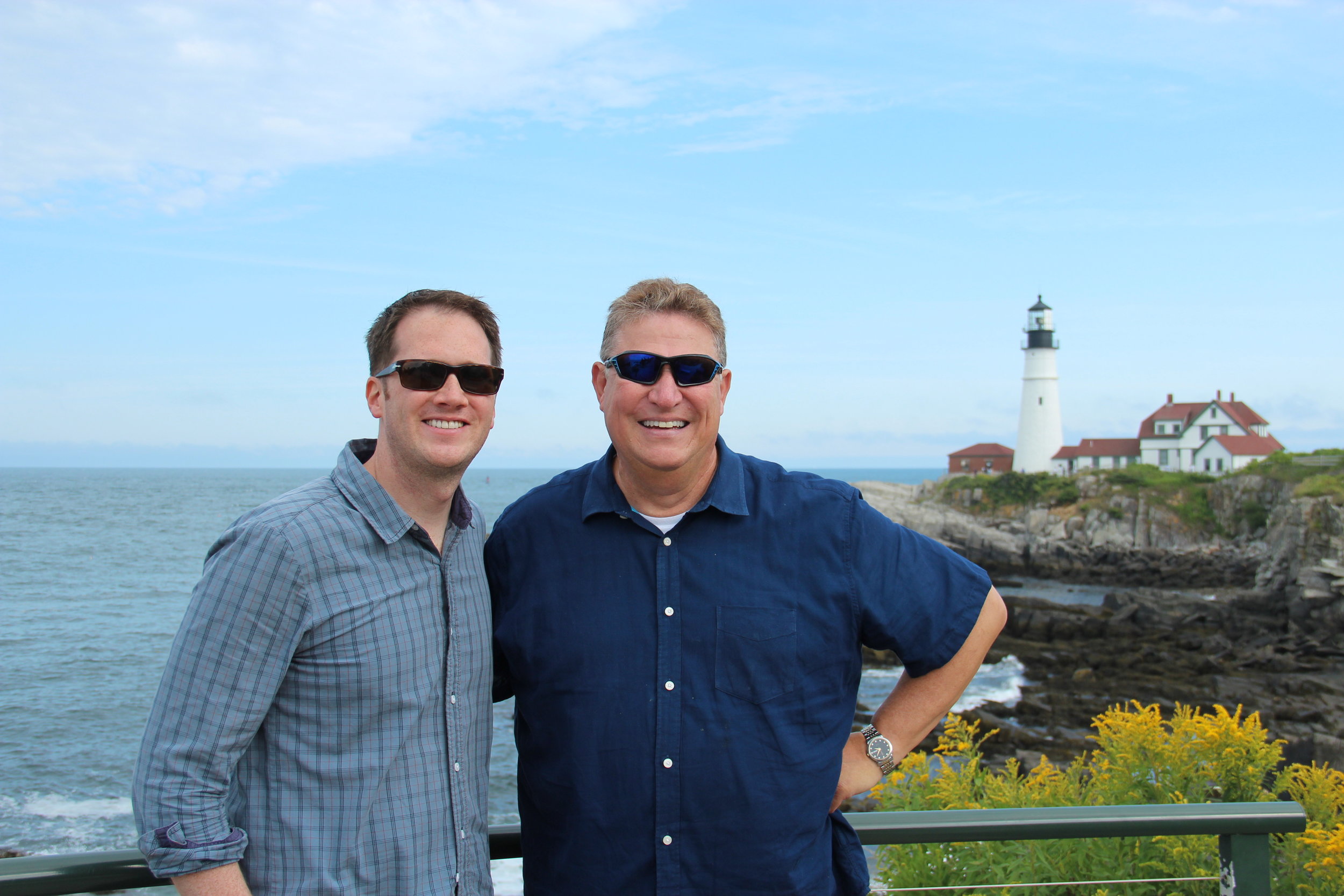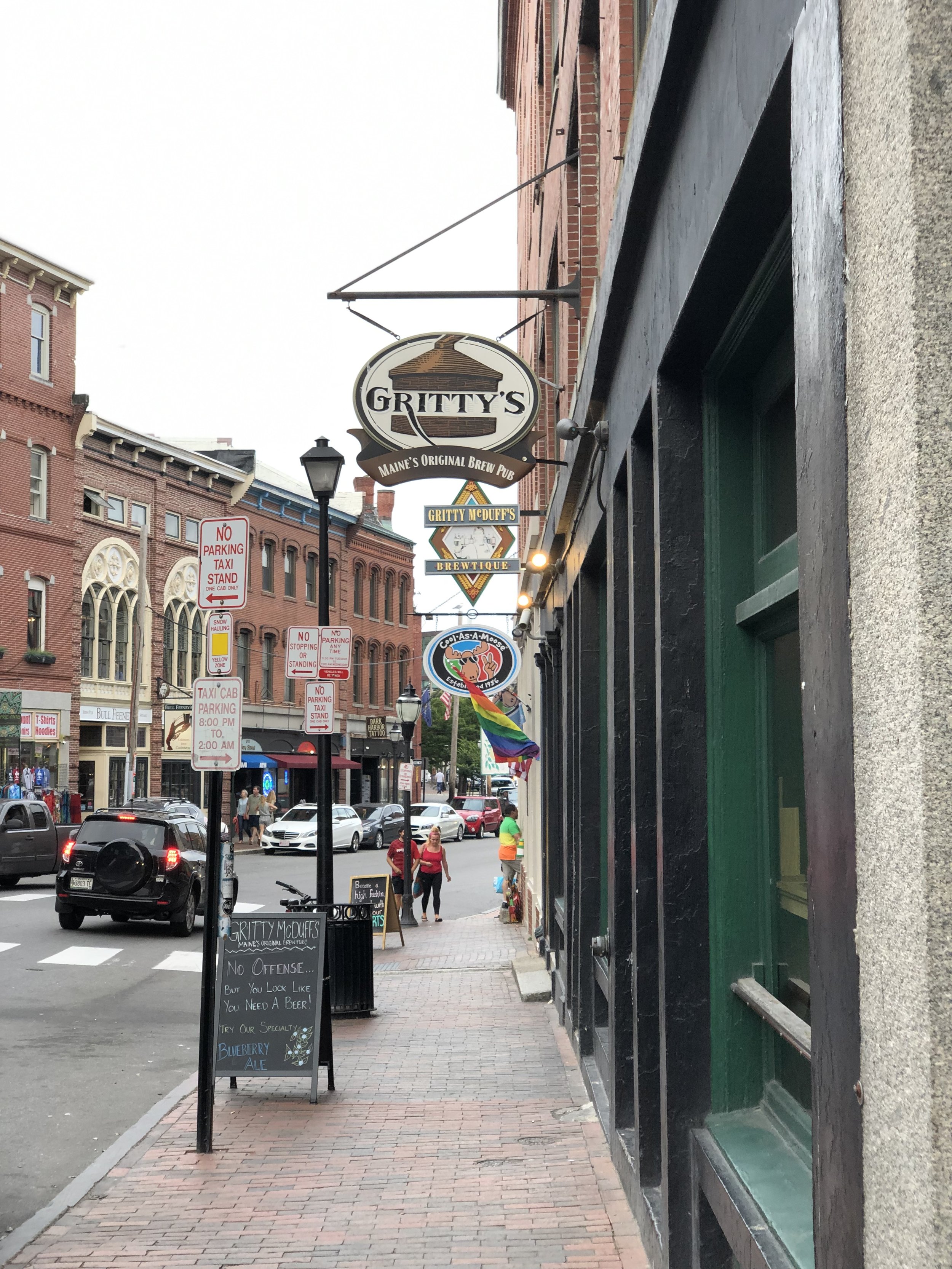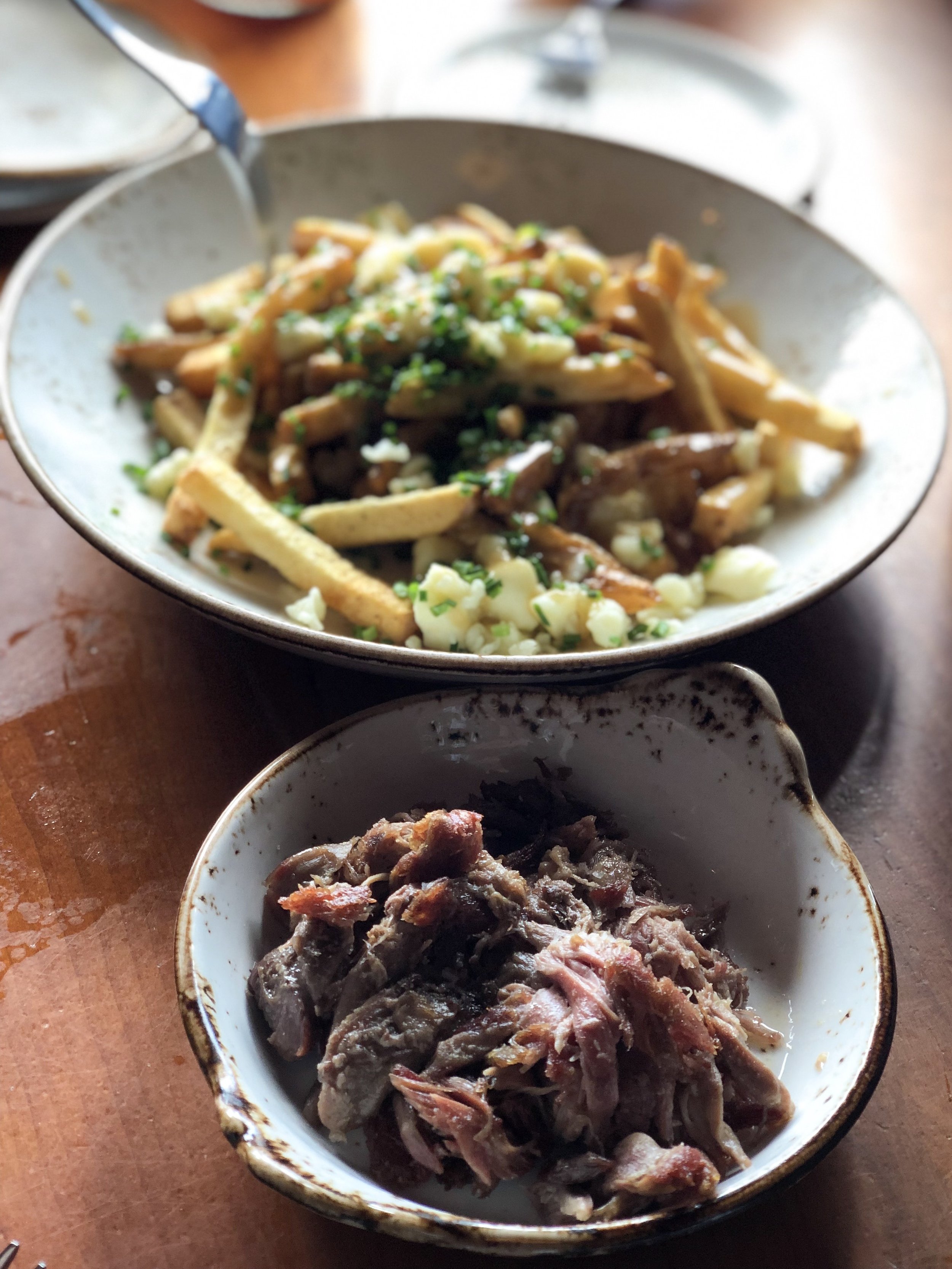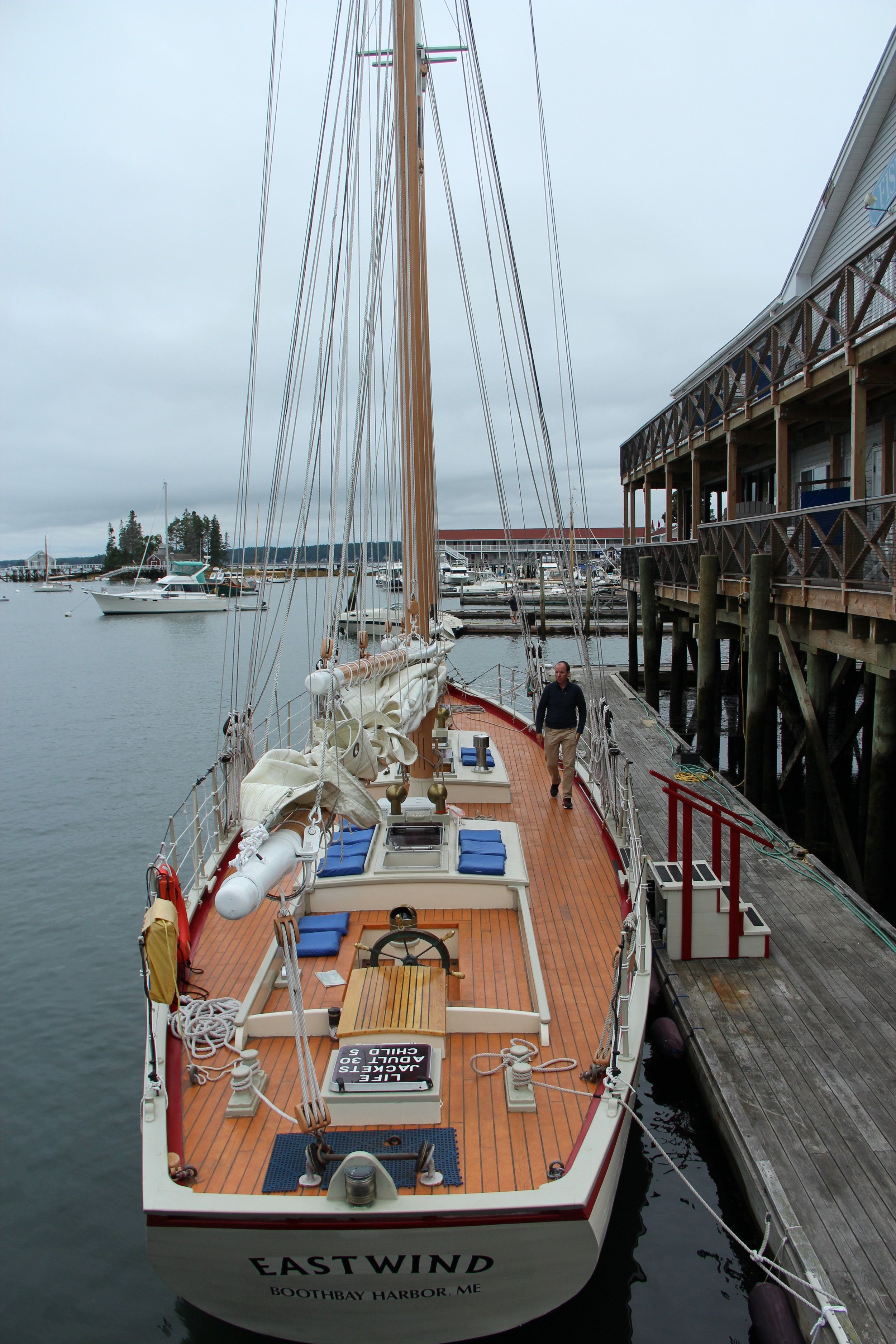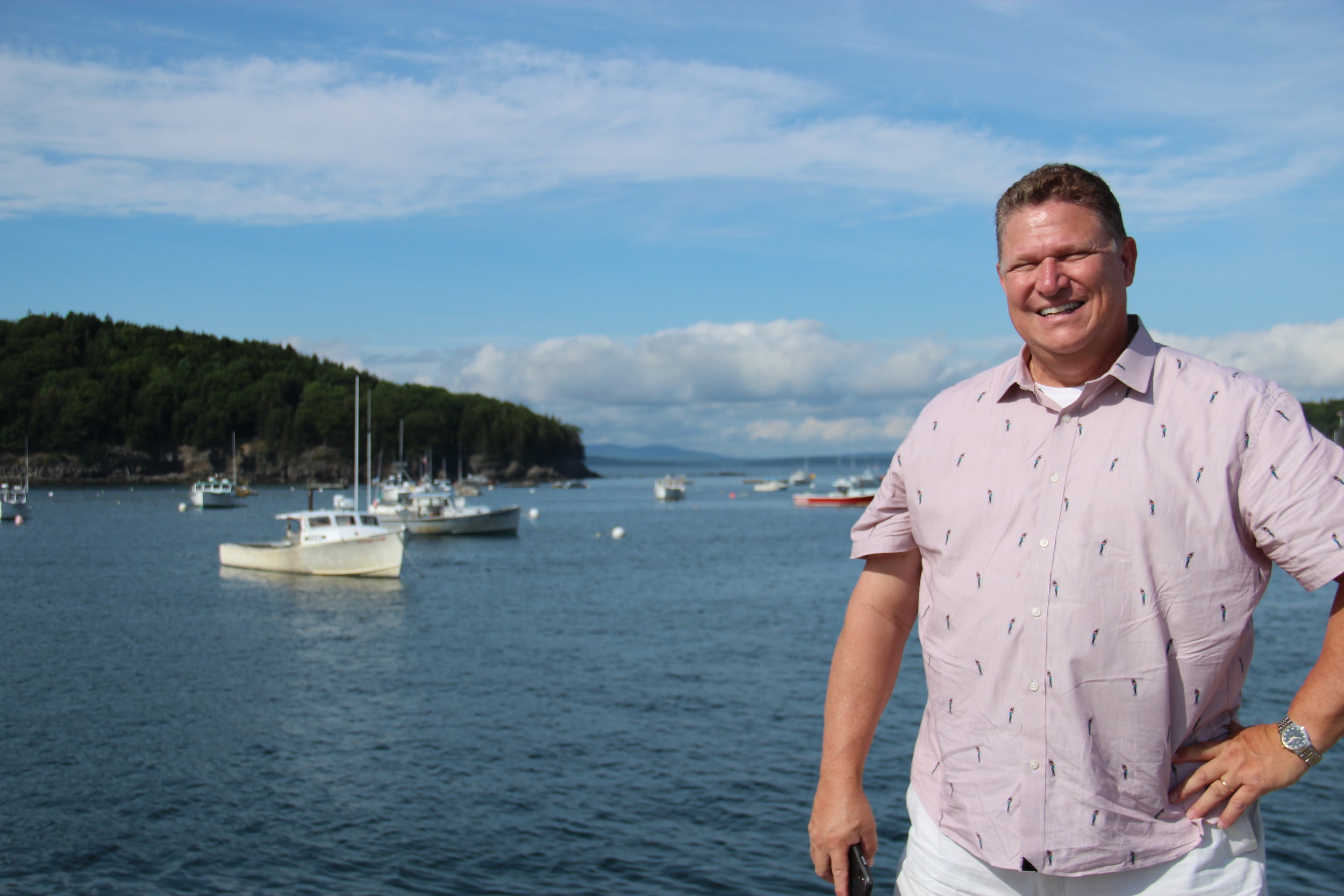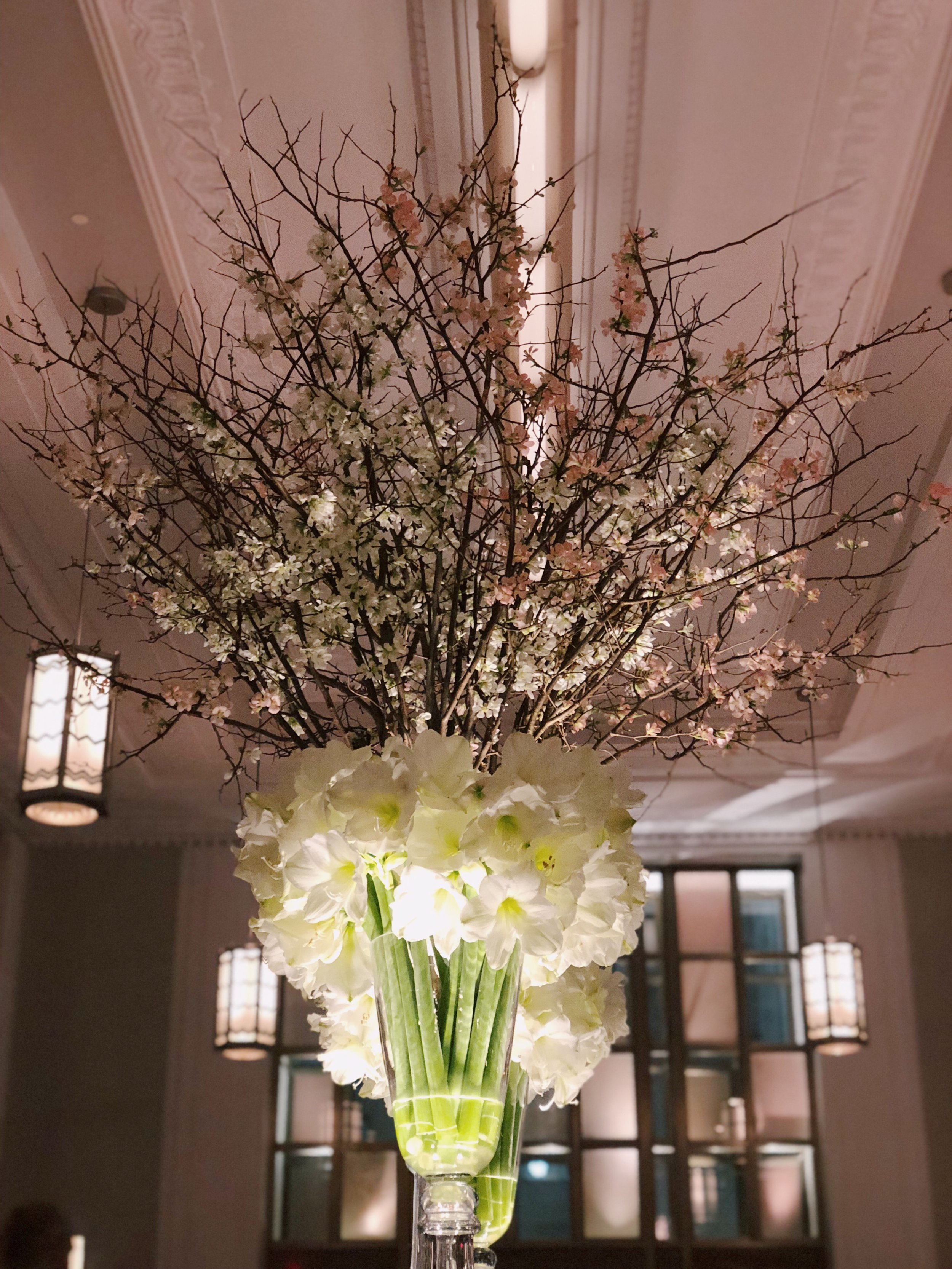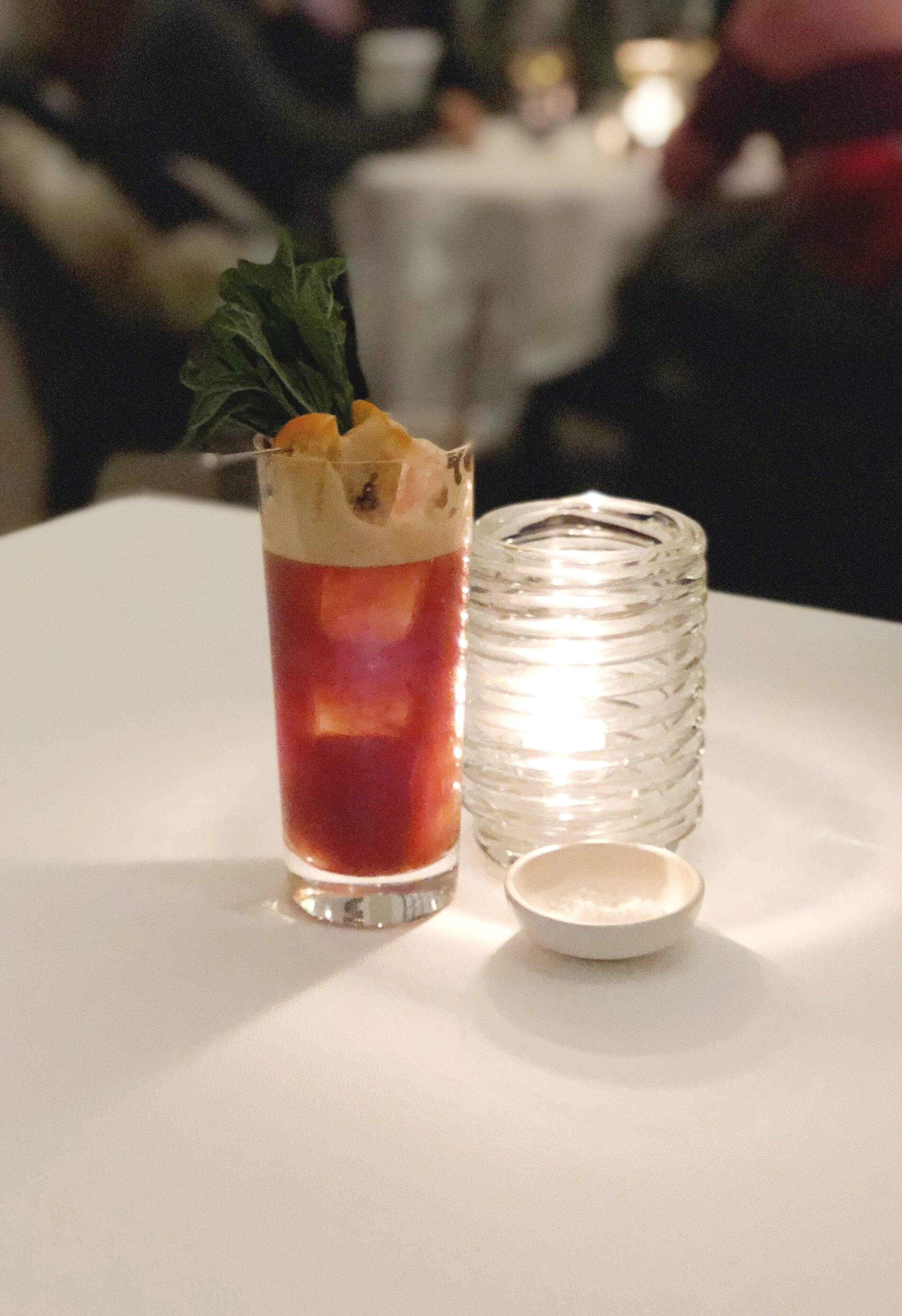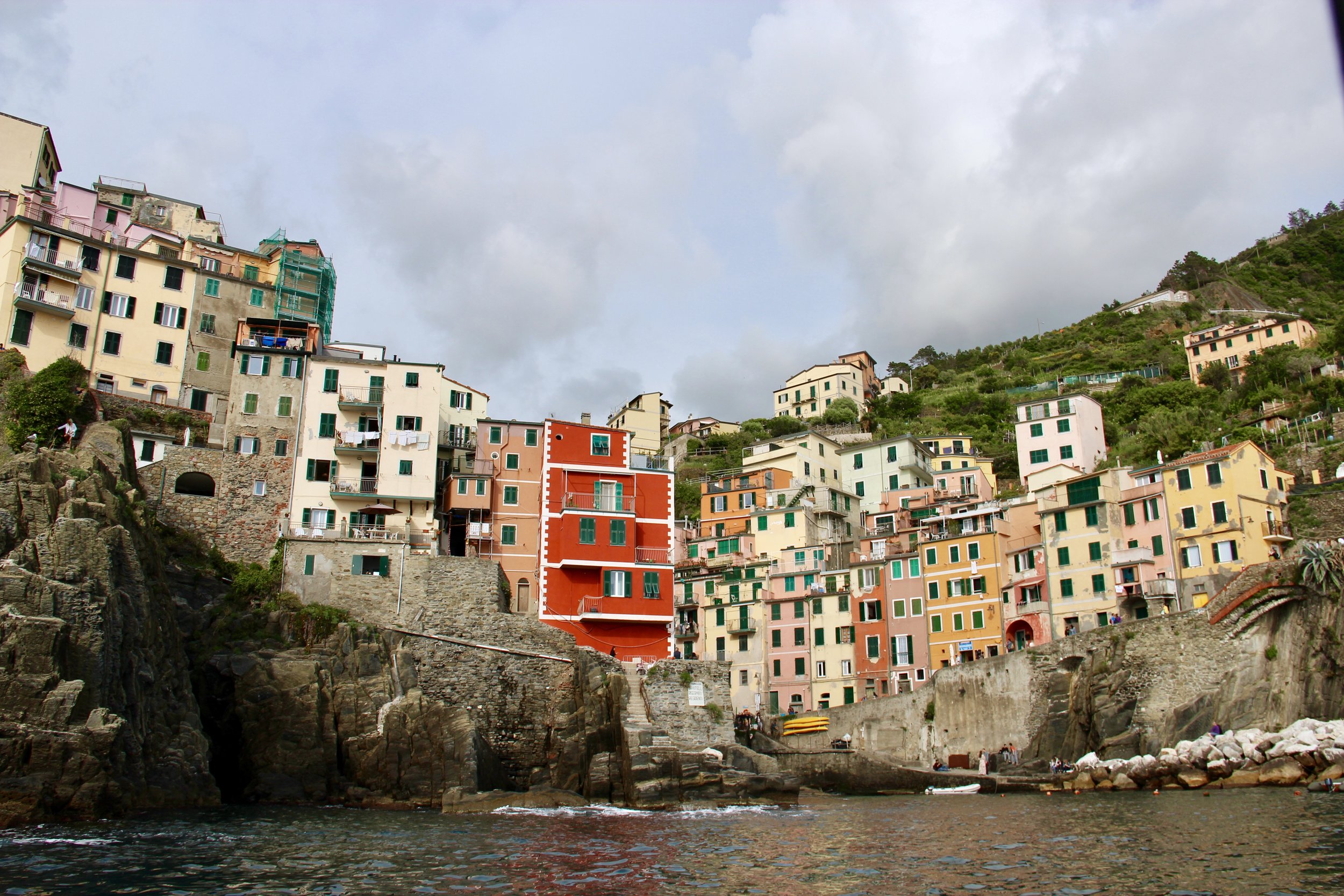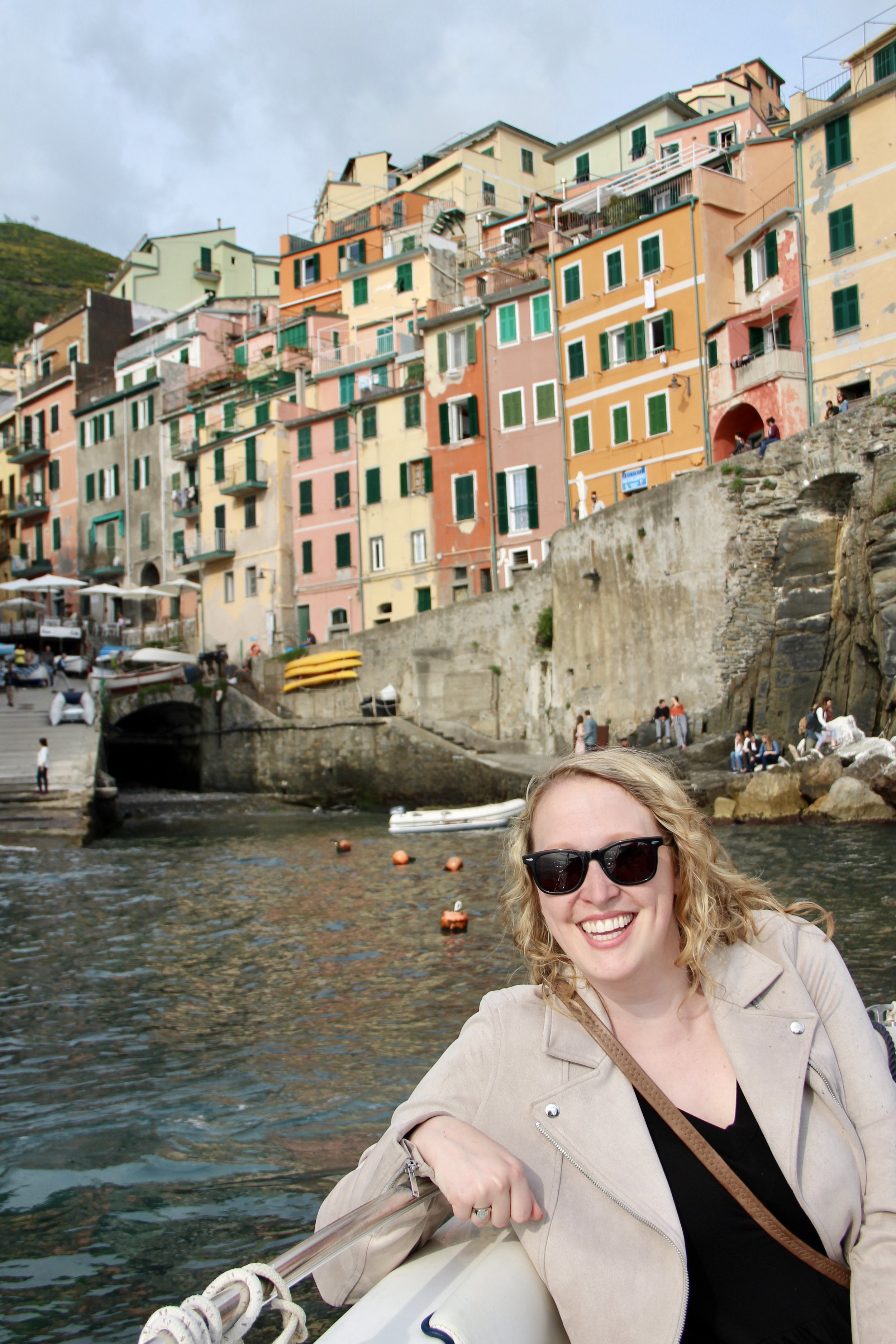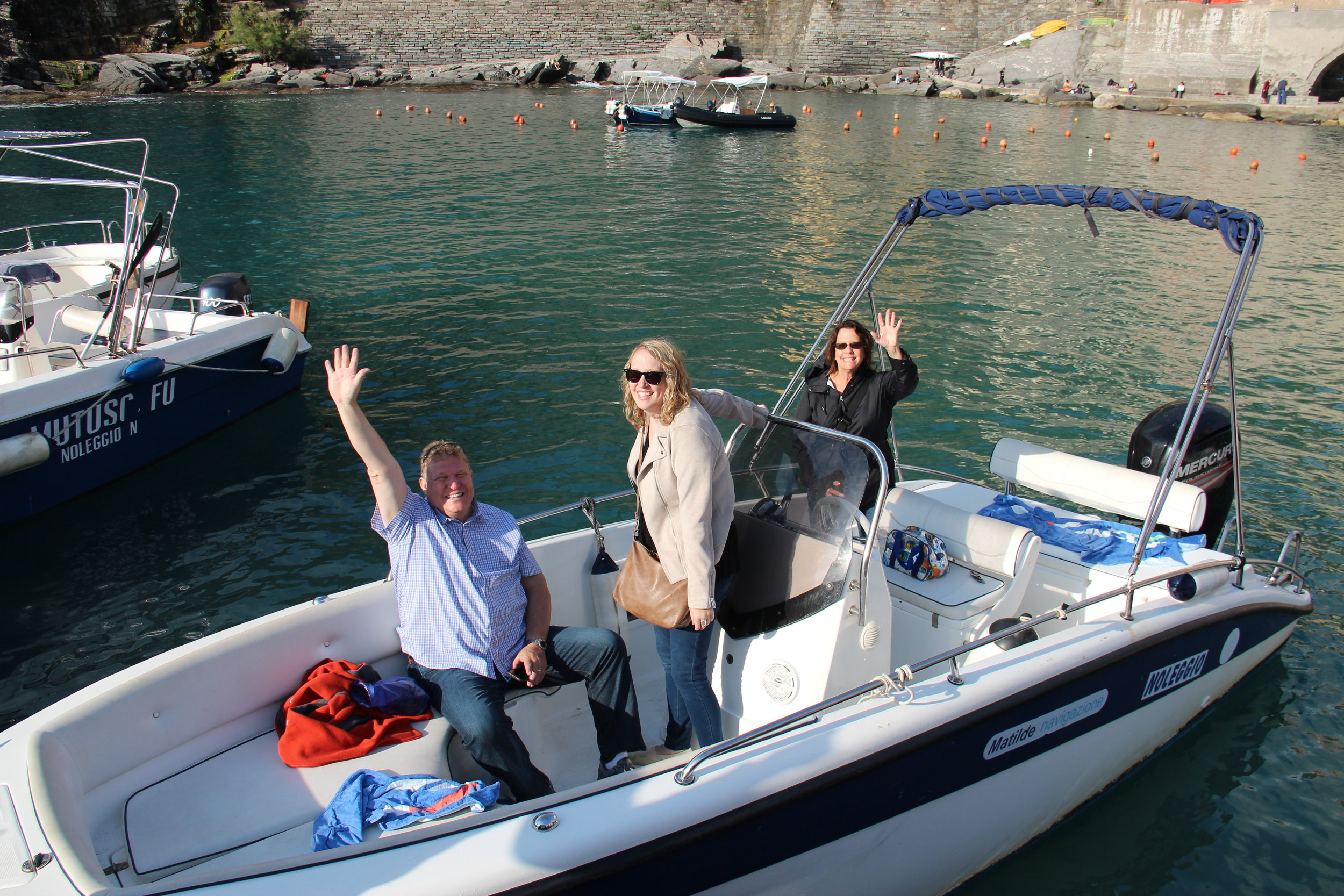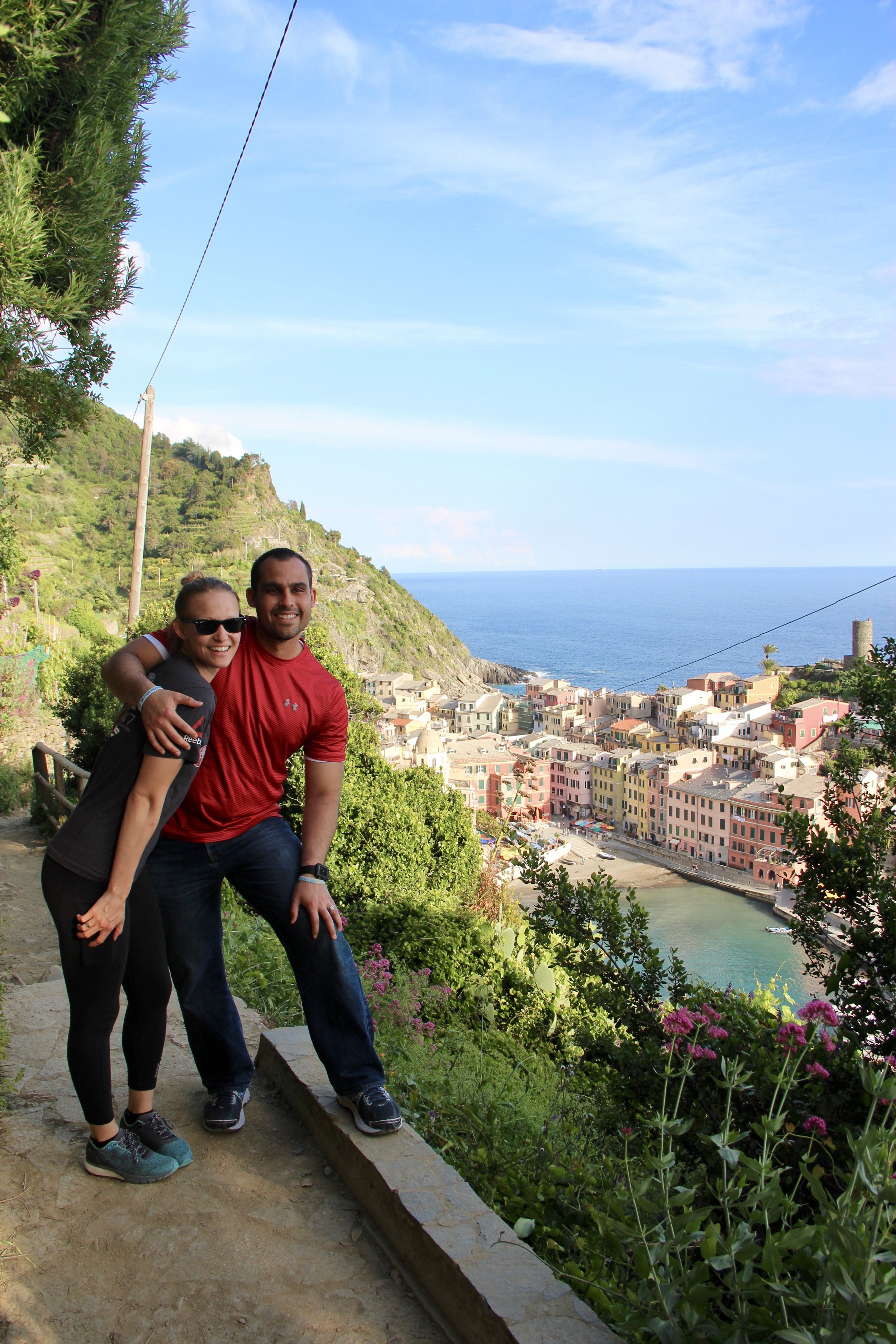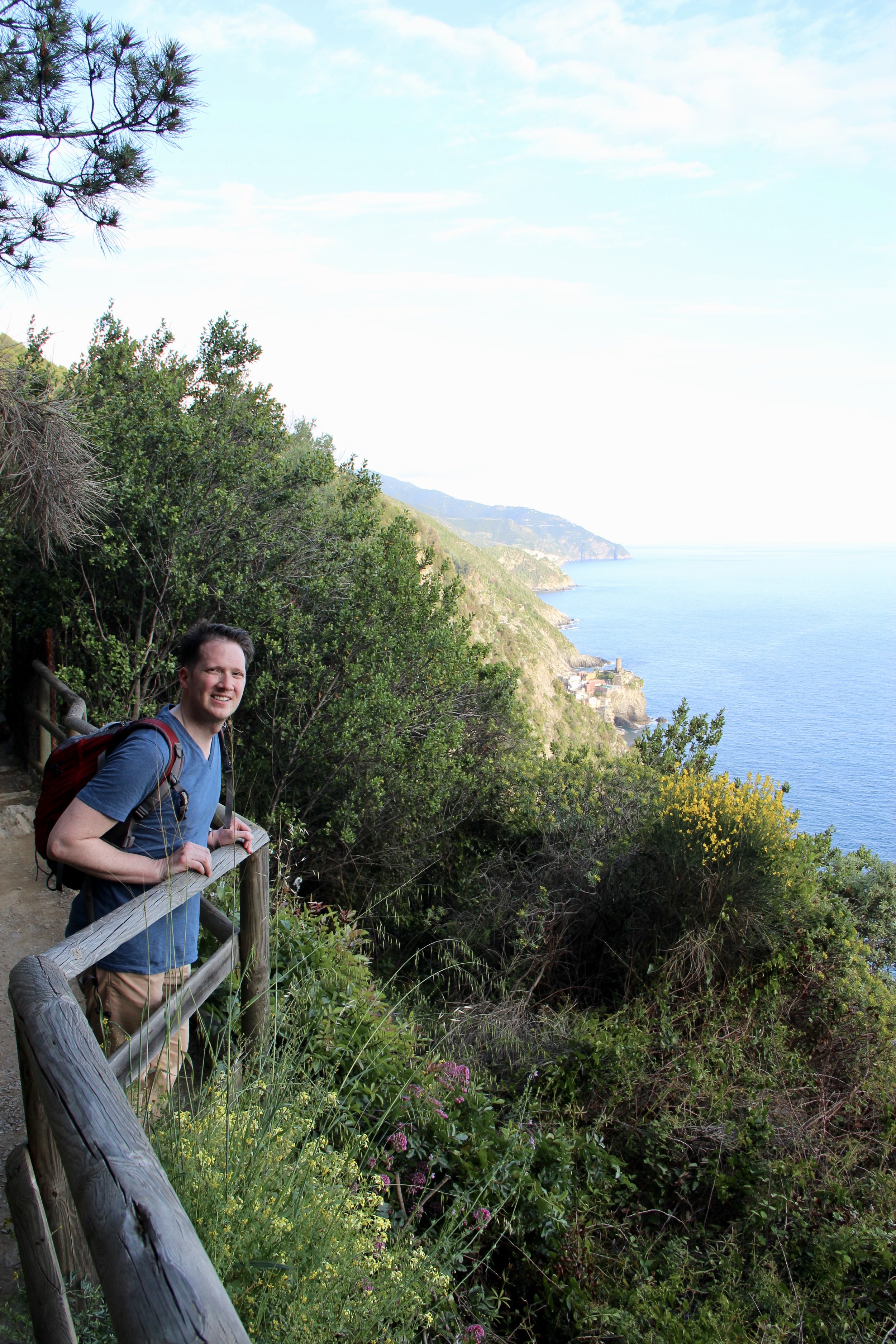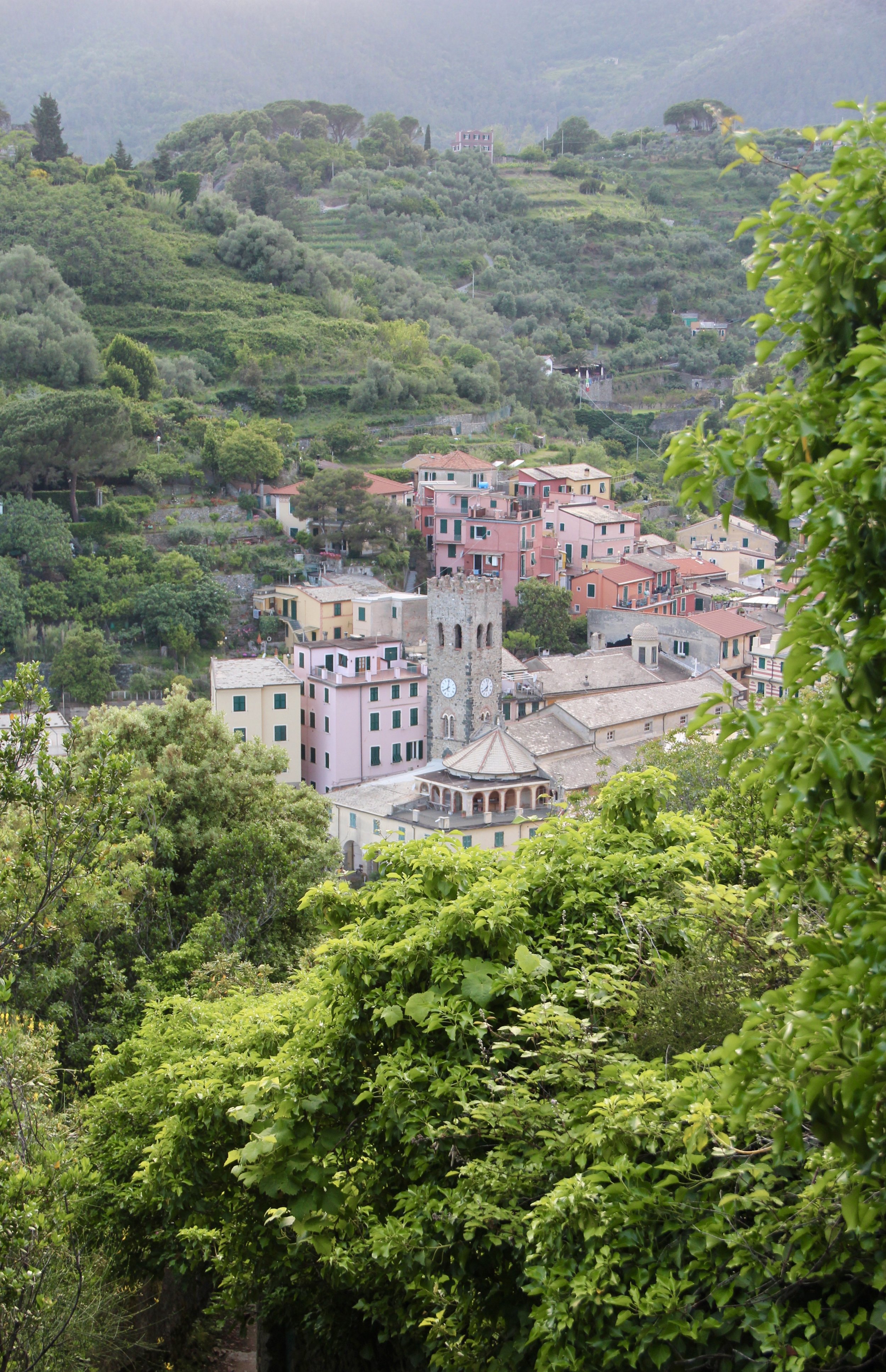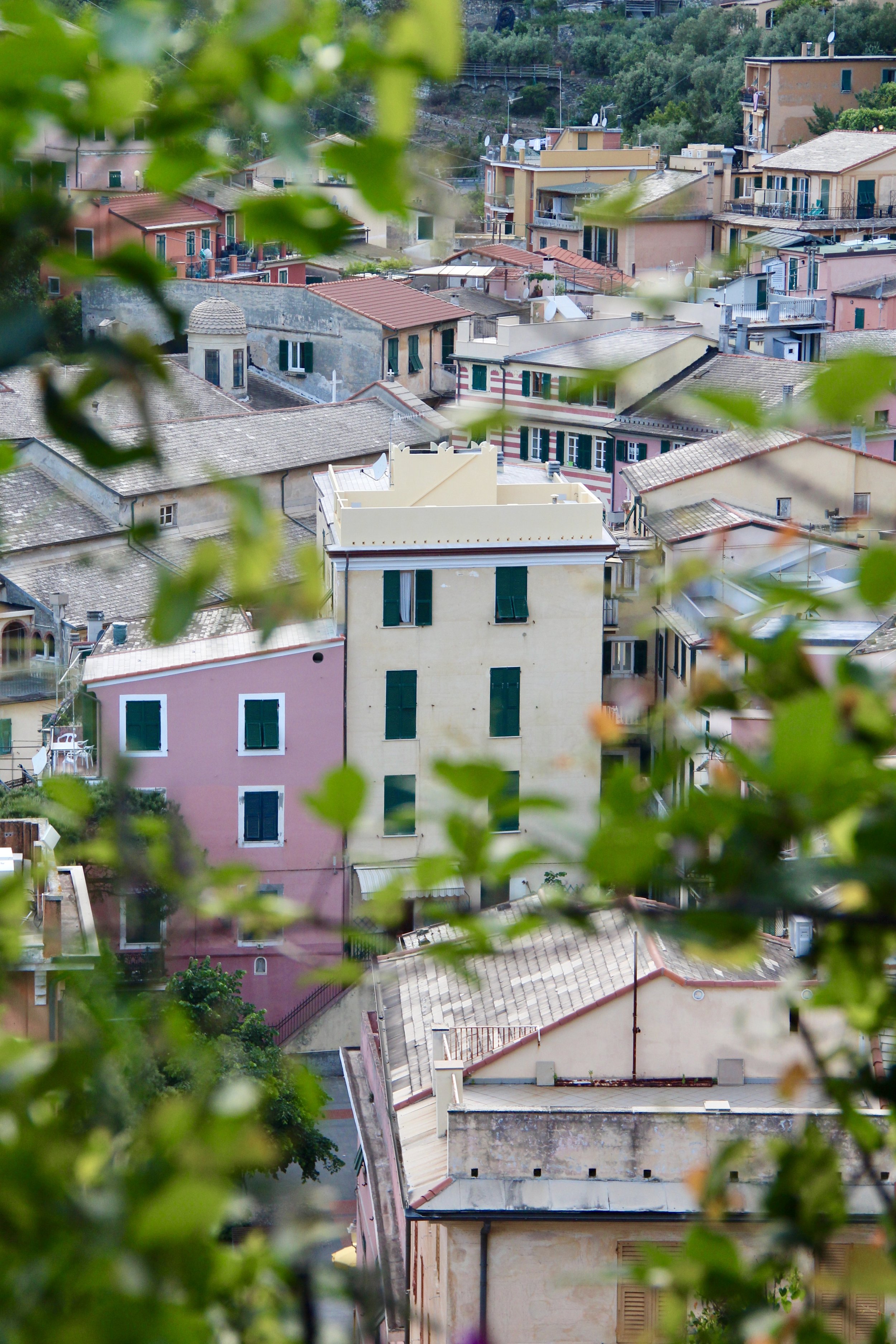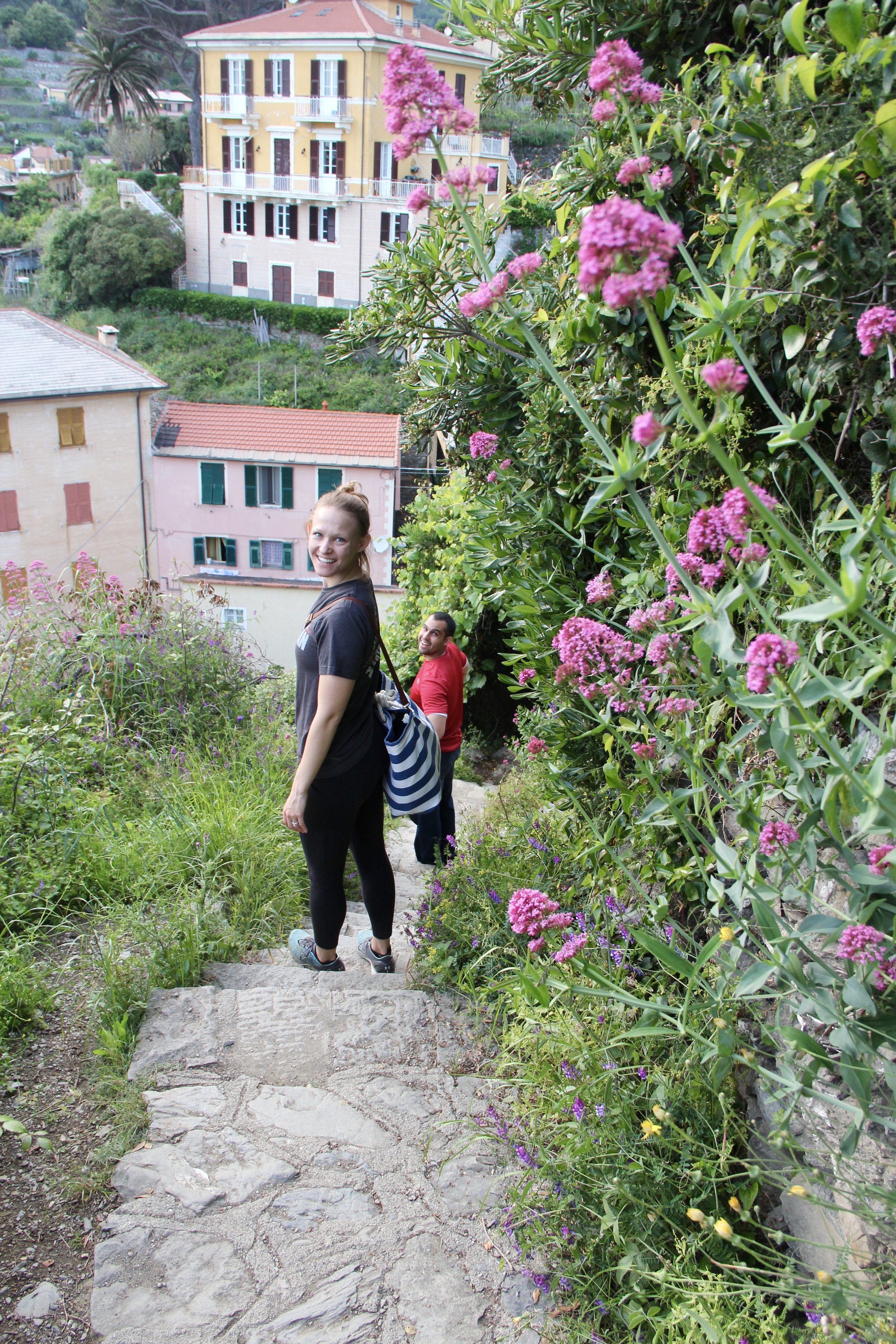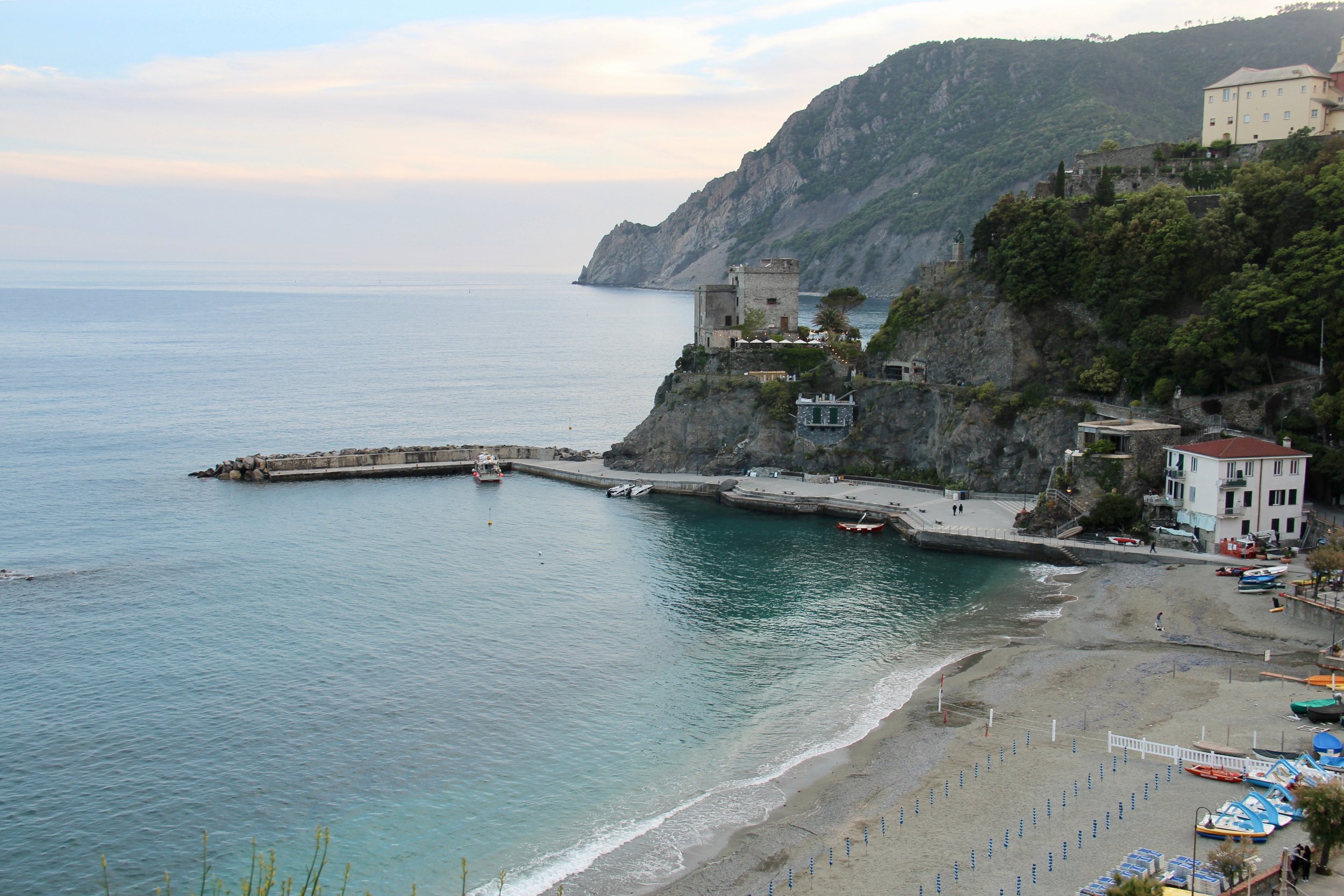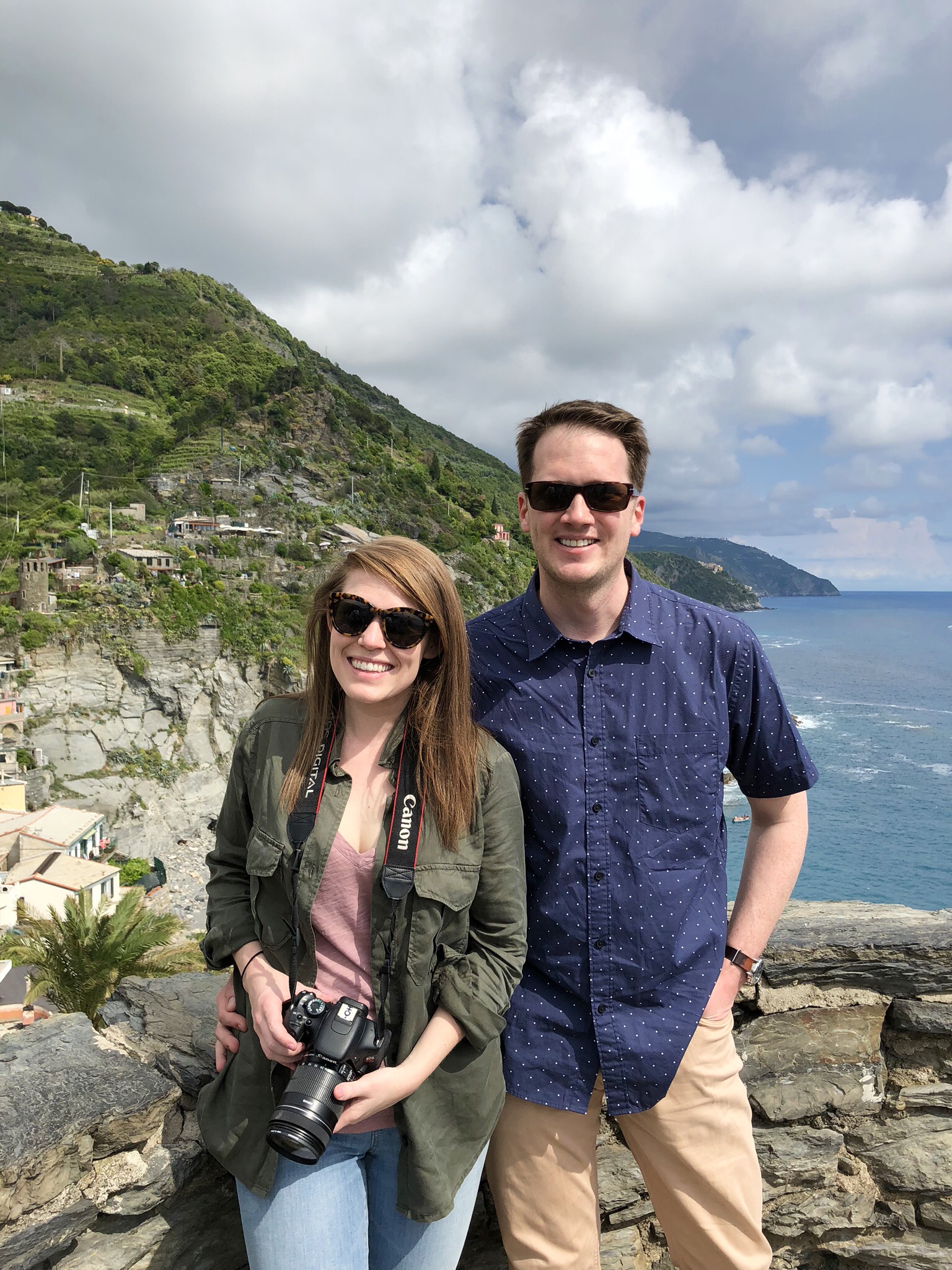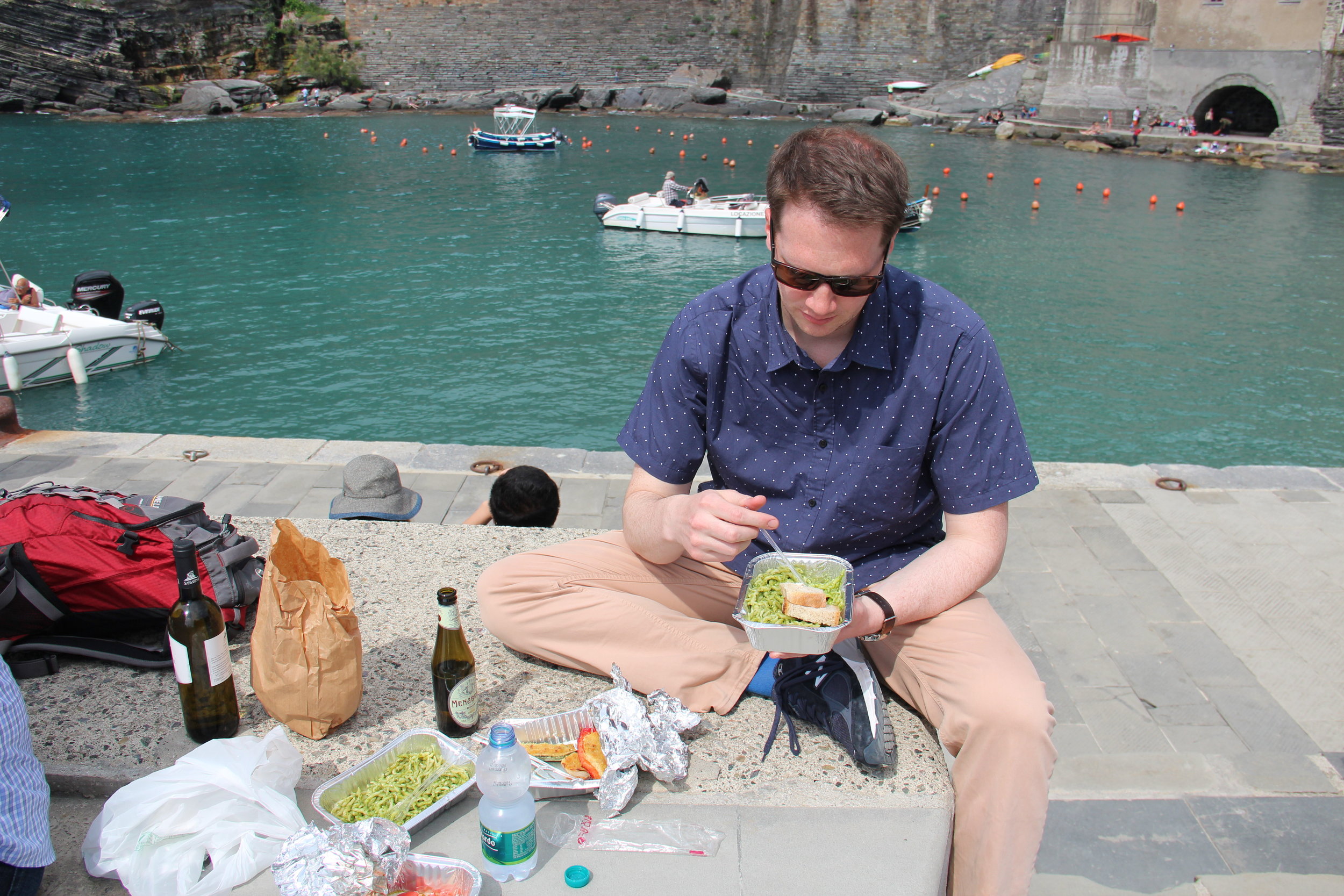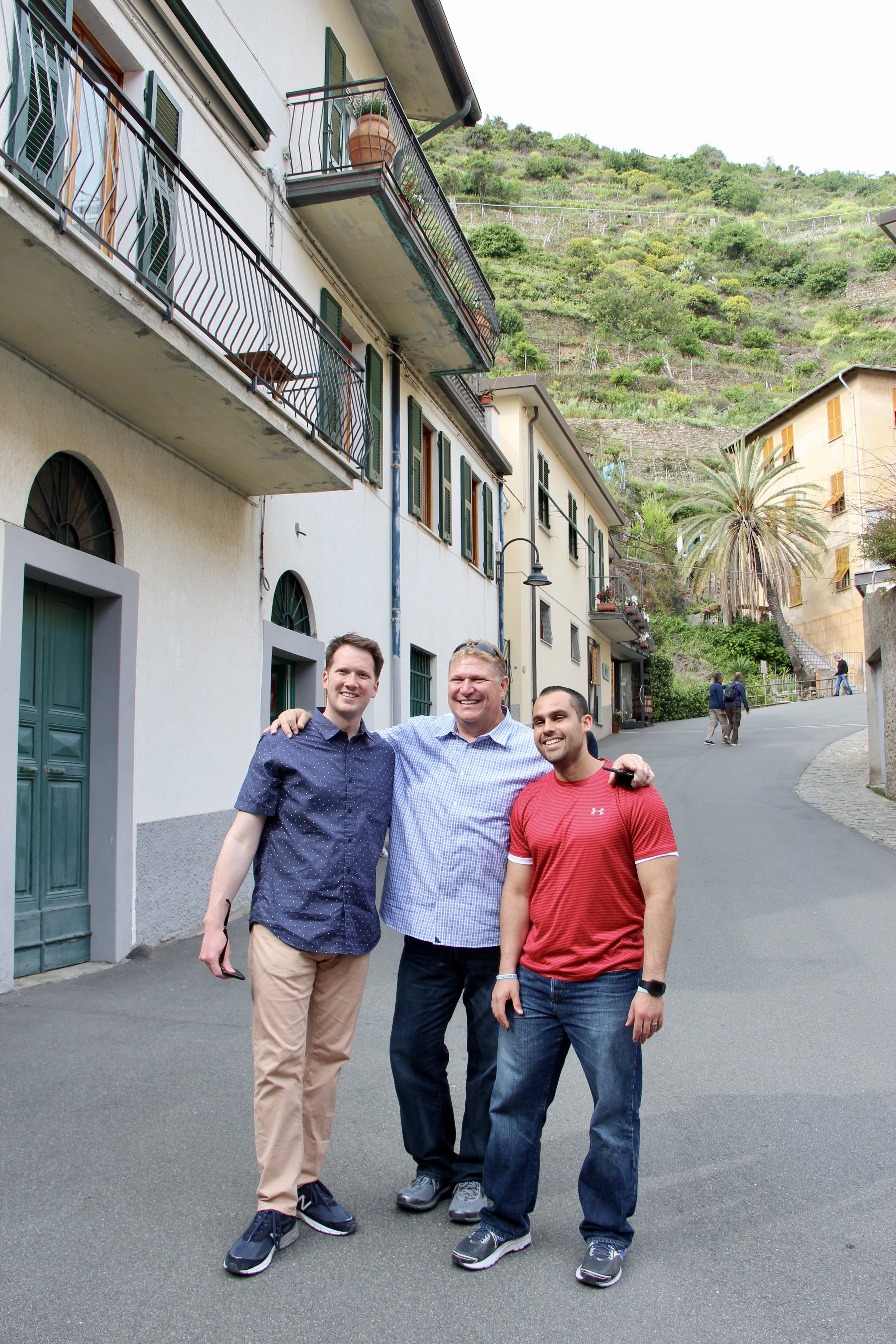I’m sitting on a plane, flying somewhere over America’s Midwest. Maybe Iowa? We passed Chicago about 20 minutes ago, so that feels right. The final destination is sunny San Diego for a work conference. It’s an exciting professional opportunity—I’m looking forward to networking with social media managers from around the world and to jumping into a creative mindset with my career’s work.
But in this moment, I do not feel “creative.”
I feel like I might cry.
And I’m not exactly sure why…
However, the man next to me keeps trying to talk, and the person on the other side of the aisle has spilled a drink, so the flight attendant is on her hands and knees sopping up red wine. Most annoyingly, the person in front of me keeps reclining their seat back and then up and then back again. It just doesn’t feel like a “safe place” to cry, if you will.
“Haha… OK, I’m going to do some work now,” I say to my chatty neighbor, while stuffing massive headphones onto my ears.
Silence.
You want to know a secret?
I’ve cried over all of my favorite blog posts. Even the lighthearted ones—I’ve usually shed a tear of happiness. There is something very curative about writing for me; it’s a form of therapy.
But recently, all I think about when writing is, “maybe I should not post this.” Not post it like the other ones—the ones that end up in the Trash icon on my laptop. The ones that no one will ever see because I hated my own thought process midway through the blank, white page.
Oh dear.
Is that a wee tear?
Maybe the therapy is working.
Let’s keep pushing on that bruise, shall we. Here’s what we know: the blank, white page is hard to fill. And the work to get you there is tiring. And you’ve recently found this frustrating and have questioned your own creativity. It should not be overlooked that, as a social media manager, your job requires you to scrutinize every phrase that you put on the Internet, leaving no room for emotion or opinion. There’s also the fact that perhaps your personal thoughts are not for the rest of the world—why should someone read them?
My first blog was actually called “The Why Blog.” I was very young, and there were massive amounts of grammatical mistakes. (Note: there still are, but my sisters usually text me a list of typos to fix.) I think the first couple of posts on “The Why Blog” were from 2007 and about my trips to Newark, New Jersey during college. A team of us worked in the inner-city schools during the day and volunteered at an after-school program at a church in the evenings.
I think what inspired me to start typing up stories at the time was the sheer wonder and devastation at what I witnessed. A teacher slapping a boy in the face, a mother dangling a child out of her apartment window while negotiating crack, a teenager growing up and making it on their own, a city with some signs of hope for its inhabitants from its own citizens—not outsiders. It was very messy. I regret not knowing what each and every one of those children are doing now, especially Zaza and Christopher. They haunt me.
Newark circa 2009
The next slew of blog posts was about my solo trip overseas for an internship at a local paper. To Ireland, “The Why Blog” went! And oh, what fun we had learning another thousand new things, meeting dozens of people, and seeing perspectives of everyday life from another country’s eyes. All of your ignorance shows when you travel—and I documented mine, for better or worse.
Ireland circa 2009
Then, the golden age of blogging simultaneously occurred as I moved to Astoria, Queens. Everything was a story—everything! The bagel guy, the subway rides, the awkward internship interviews, and the financial struggles that left me eating peanut butter, potatoes, and eggs for about two years. You name it, I wrote it. It was all very raw. The writing was not always good, but the posts were extremely sincere.
I also remember being lonely. Sometimes I wouldn’t talk to anyone for hours on the weekends—I would actually be excited to go to work just to have what I considered to be the appropriate amount of human interaction. And my silly little blog was my way of taking you with me. It made a collective experience possible, even if I was alone.
You were never there with me physically, but I pretended you were.
I saw the world—my world—through your eyes.
And I needed that.
(Oh, now I’m over Nebraska, and I am crying. At least the man sitting next to me has stopped trying to force a conversation. Life advice: always be the craziest person in the room, or on the street, if you don’t want to be bothered.)
I suppose many things in my world have changed since 2010, and mostly for the better. I’m married, I have lovely friends, and I get to work in a field where I tell stories for a living. But I think what has been nagging at me these last few months is not so much the question of what is good, brilliant, perfect creativity. I think I can say, after crying over Nebraska, that I don’t care so much about that. Creativity is a subjective beast that the mind might use to point out our successes, failures, and overall identity in a way that is not always truthful.
But my bigger gut feeling is that I don’t know how to talk to you, the Reader, anymore. Or at least, I question everything I type with a lens of deep criticism: Am I an unreliable narrator? Is my post from a feminist point of view? Is this something I’ll cringe at 10 years later? (Probably.) Does my writing take into account other perspectives in terms of class, race, and gender? Am I telling stories that matter? And while these questions at their core are very important—if not necessary in telling truths—they have left me wondering: are my thoughts even worthwhile?
And that question leads to a dark place.
To a lack of creativity.
To a cynicism in myself I didn’t have when I first wrote about Newark, or Ireland, or New York. I only had stars in my eyes, and I recorded everything I could capture. But there is both beauty and shocking ignorance in perpetually remaining in childlike awe. No one state of mind was ever meant to be permanently sustained.
We’re approaching Kansas, and I’m not sure I have the answers to my nagging questions.
But I greatly enjoyed doing this exercise with you—it feels good to share again.
I guess I’ll just keep working toward my truths.
And those truths may change.
And I’ll need your grace and understanding as I grow.
And I’ll probably still cringe 10 years from now when I read an old blog post on the futuristic Internet of 2029, which will most likely contain a few typos and an outdated mindset.
But hopefully my sisters will have caught most of the spelling mistakes.
And hopefully you and I will still be on this adventure together.
“Now no feeling can be relied on to last in its full intensity, or even to last at all. Knowledge can last, principles can last, habits can last but feelings come and go.”
Update: The work conference was lovely—and productive! Here are some photos from San Diego.
Balboa Park, San Diego
View from the hotel of Mission Bay area

































